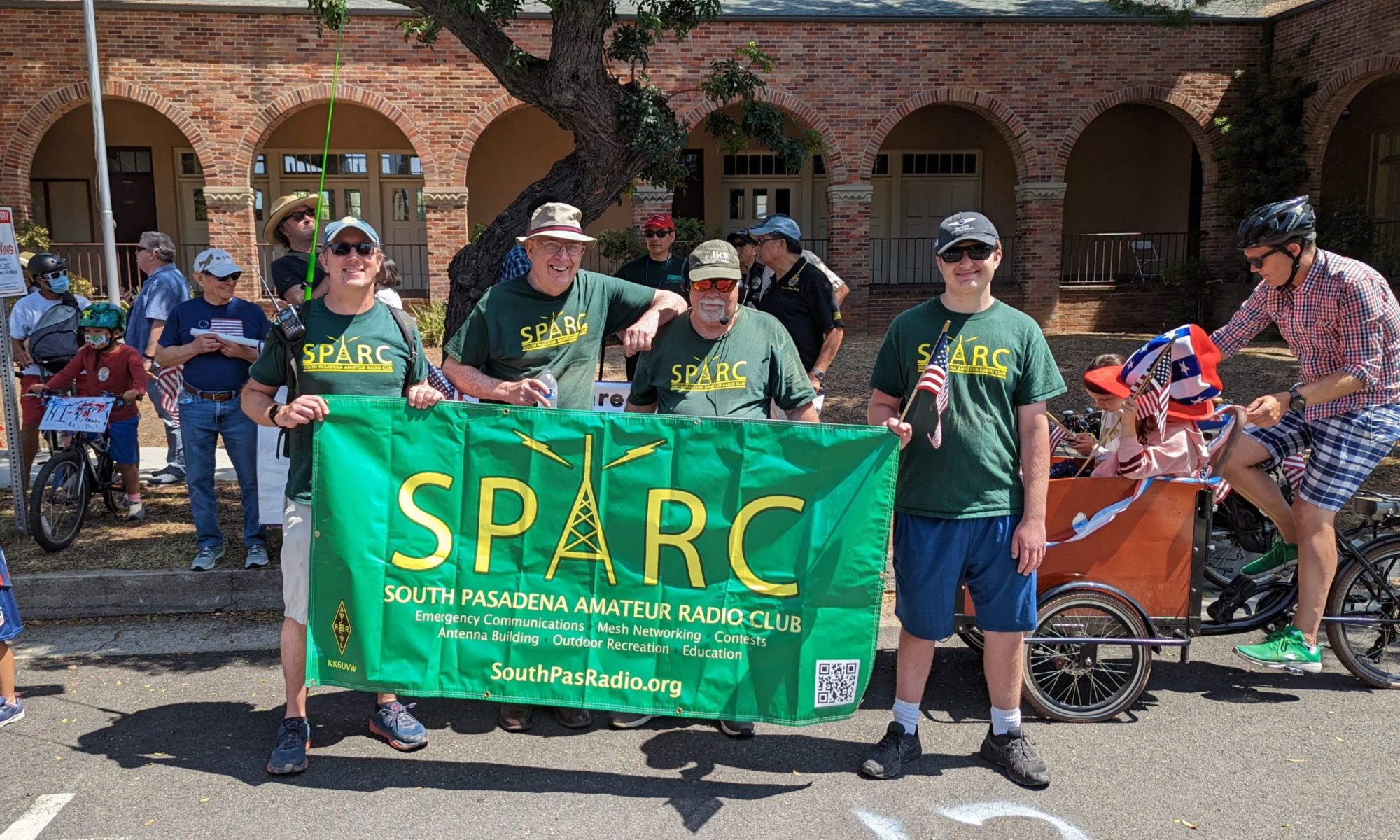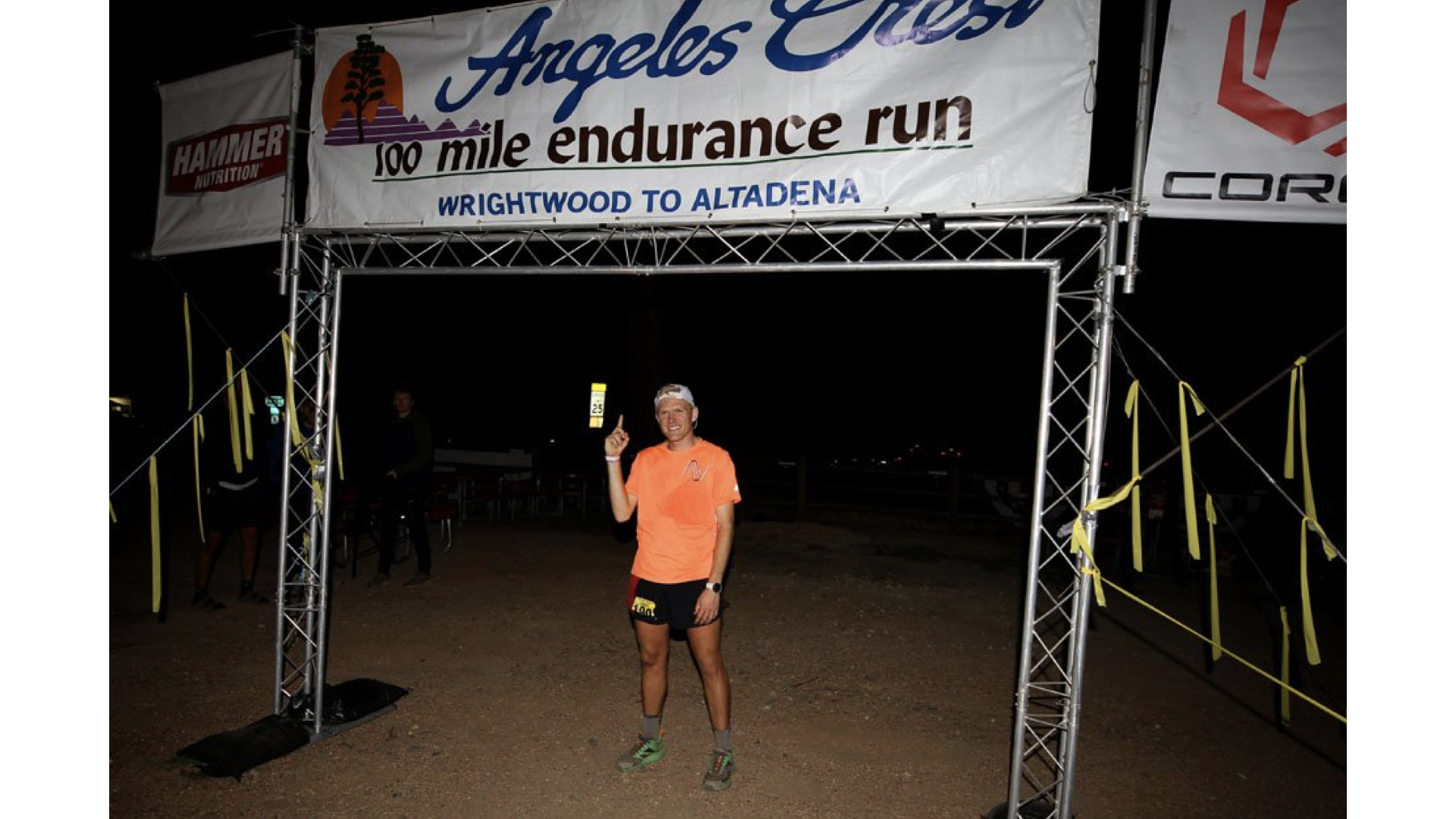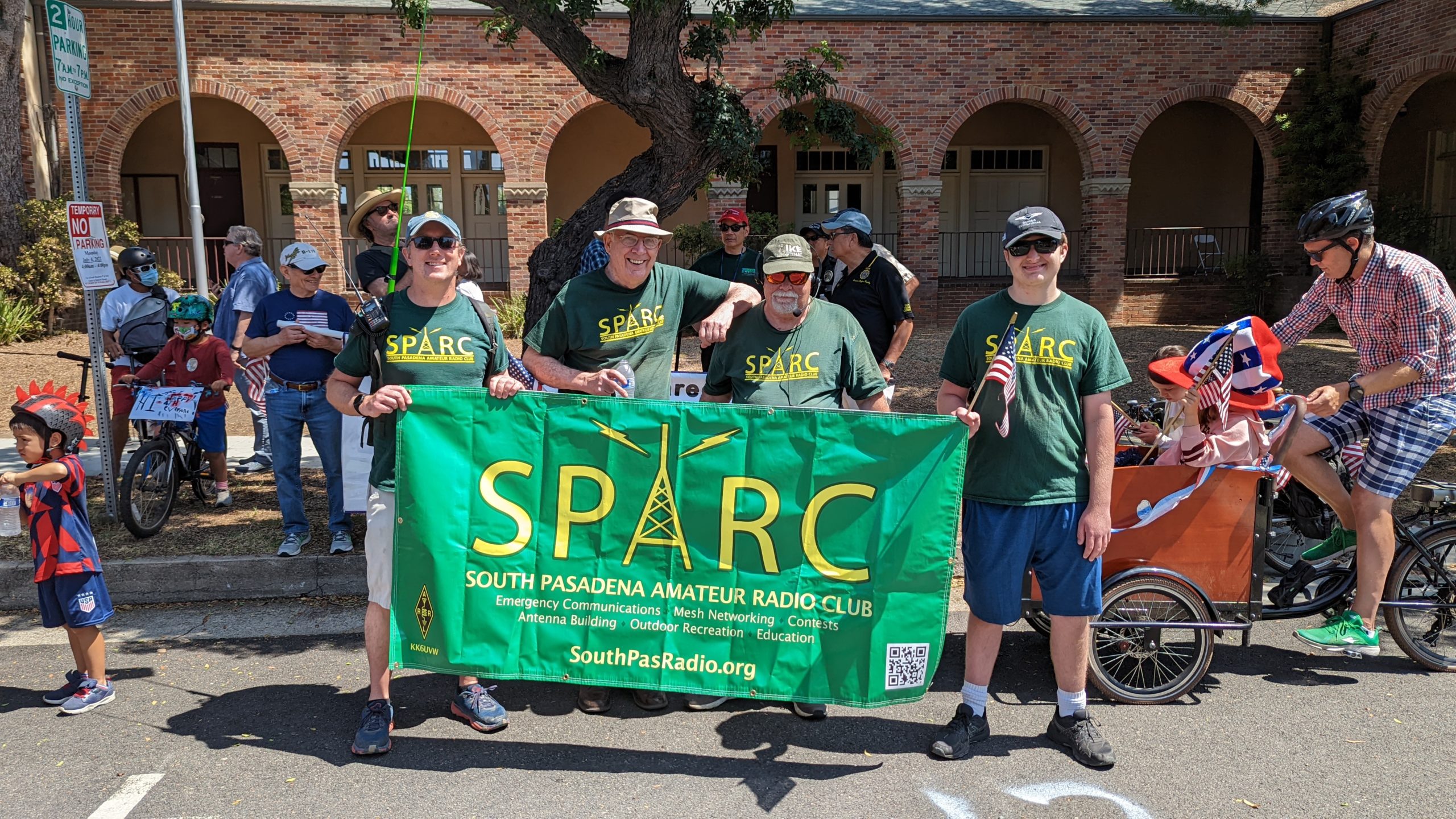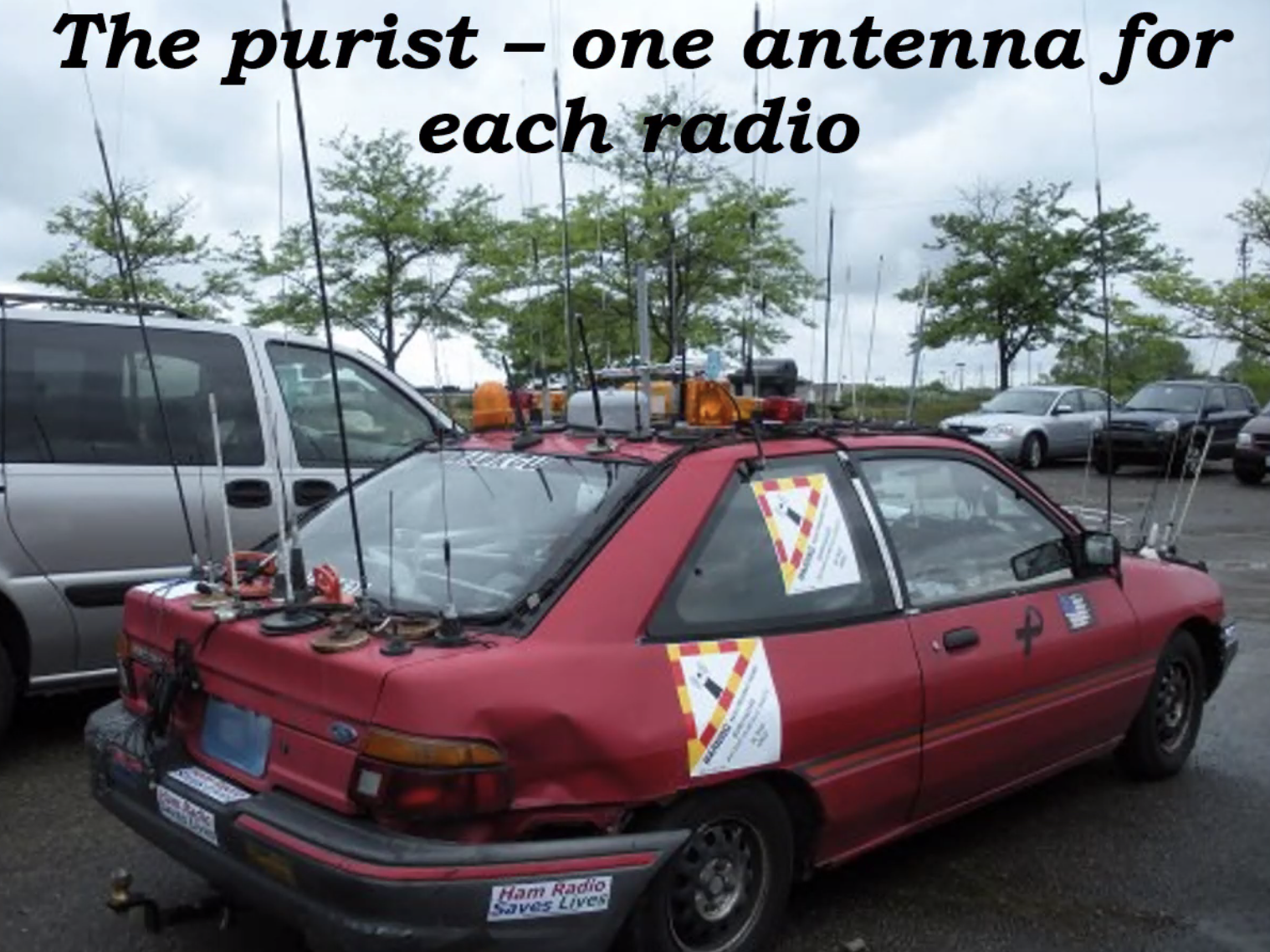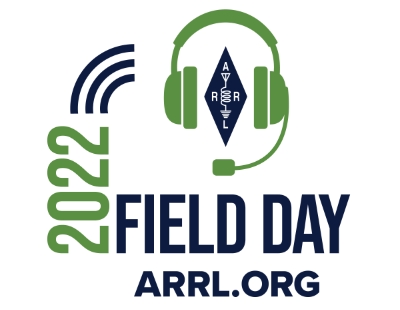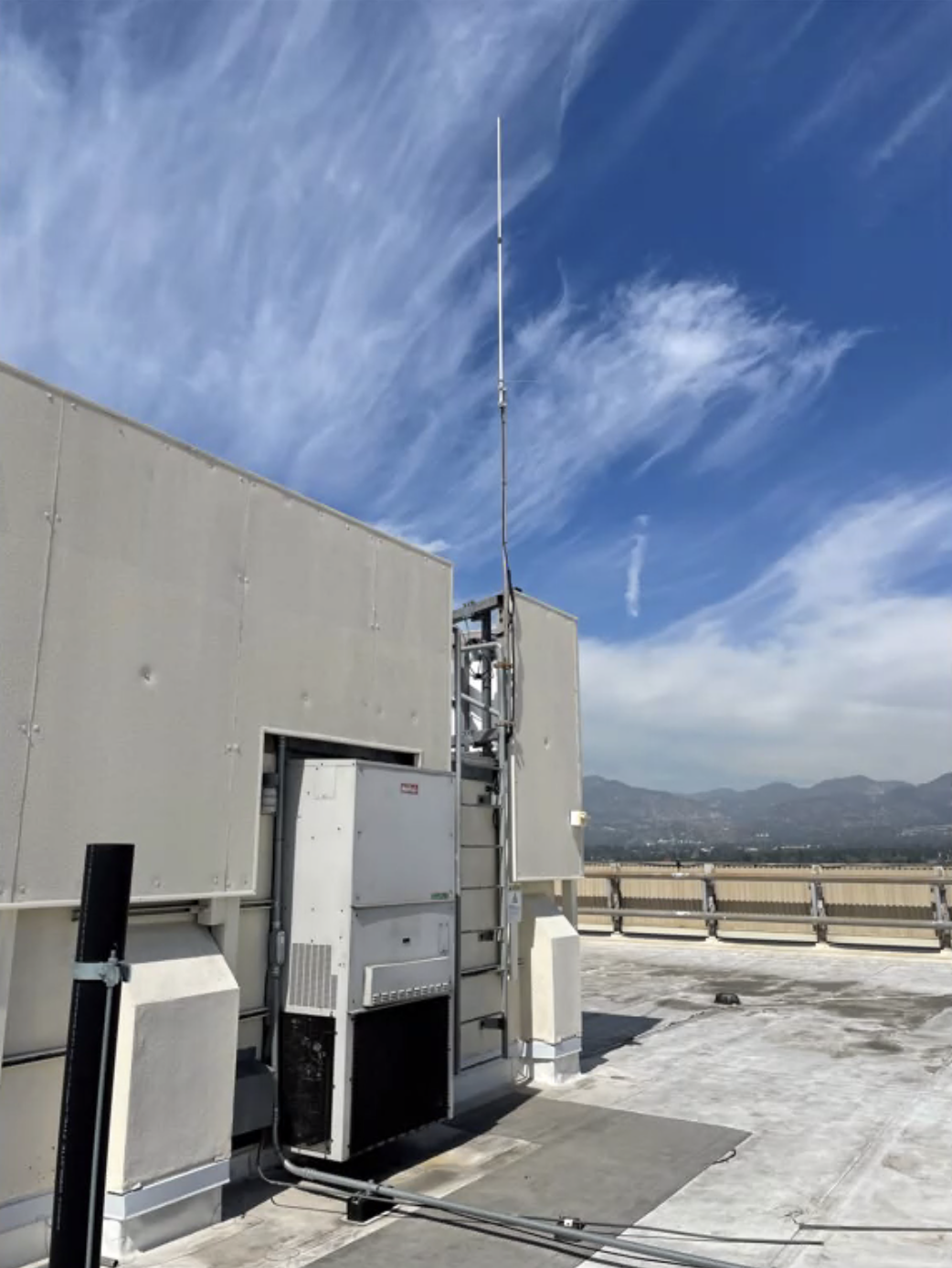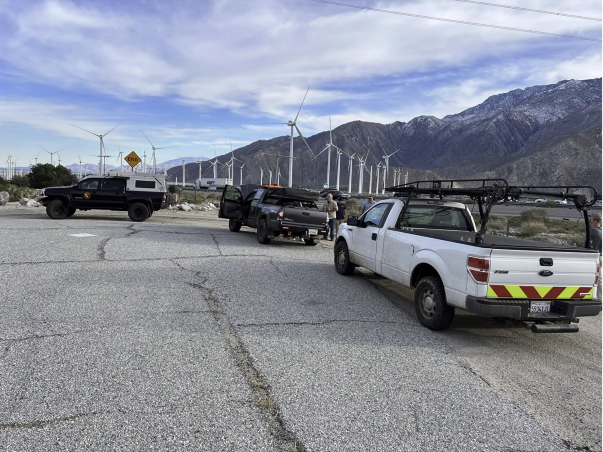At our September meeting, SPARC member John Minger, AC6VV gave a presentation on the radio tools he uses to support the Angeles Crest 100 Mile Endurance Run. As the ham radio coordinator for the AC 100, John oversees a mix of analog and digital equipment that tracks the location and safety of the runners. Below is a selection of John’s slides which gives a sense of the scale of this annual event in our local mountains. If you’re interested in volunteering to help the AC 100, visit the official web site. SPARC thanks John for this informative and exciting look at operating under difficult conditions.
August 2022 Meeting: Summer Simplex Test
For our August membership meeting, SPARC conducted a live test of SPEAR, the South Pasadena Emergency Amateur Radio, a Kenwood 710GA. Bob Vanderwall, WB6YJJ, operated the station from Garfield Park in an attempt to determine how far SPEAR’s signal could reach. SPARC thanks the following stations for their participation.
Richard King, KE6VYZ
Jeff Liter, W2JCL
Clark Miller, K9IXS
Daniel Duncan, WA6NZZ
Randy Canfield, N9BM
John Wooten, N7JAY
Stan Tahara, KR6CV
Chad Alapag, AJ6UX
Chris Cronin, KM6OUK
A New Tool for SOTA
SOTALogs.com is a potentially time-saving tool for anyone who enjoys Summits on the Air. According to the site’s creator Brian Jester KB8UIP/VE3SPG, SOTALOGS is “a super simple 1-page bootstrap site to help create error-free CSV SOTA logs” ready to upload to the SOTA database. “There are 3 ways to submit SOTA logs: the activator web form, the chaser/s2s web form or via CSV/TSV file. Some might hand craft their own CSV in Excel, but I’m not fan of that, so I made tiny site to help make things easier.”
Thanks to Brian for his work. (Originally linked on the SoCal SOTA Groups.io.)
Festival of Balloons 2022
After a two-year pause due to Covid restrictions, South Pasadena once again held its annual Festival of Balloons parade on July 4. As in years past, SPARC marched in the parade with members of local Neighborhood Watch and CERT groups. Thanks to SPPD Detective Richard Lee for organizing everyone.
The picture above, taken by Stan Tahara, KR6CV, shows SPARC President Rick Besocke, KI6ZKM; SPARC Treasurer Bob Vanderwall, WB6YJJ; member Mike Newman, KM6KAQ; and member Conrad Besocke.
July 2022 Meeting: Going Mobile with Allen Wolff, KC7O
Allen Wolff, KC7O, joined us at our July 6 membership meeting to present “Diplexers, Triplexers, and the Low-Profile Mobile.” Using pictures and diagrams of his own mobile installations, Allen described his methods of integrating radios into a modern car to achieve a stealthy, clean interior with low-profile equipment. All of the radios in his cars were cleverly tucked away yet readily usable (unlike in the porcupine of a car pictured above). He illustrated the “old” days and the improvements made as well as the difficulties integrating radios into modern cars including modern battery systems and safely grounding radio equipment. Allen’s installations are possible thanks to diplexers and triplexers along with multiband antennas. He also discussed the difference between diplexers and duplexers.
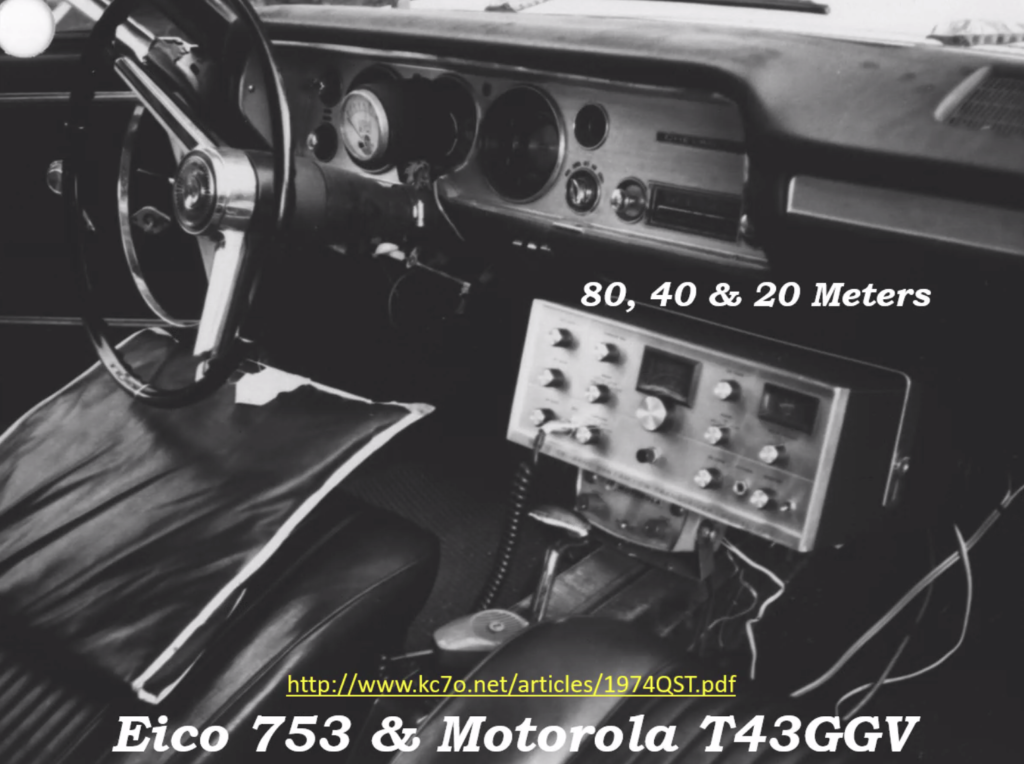
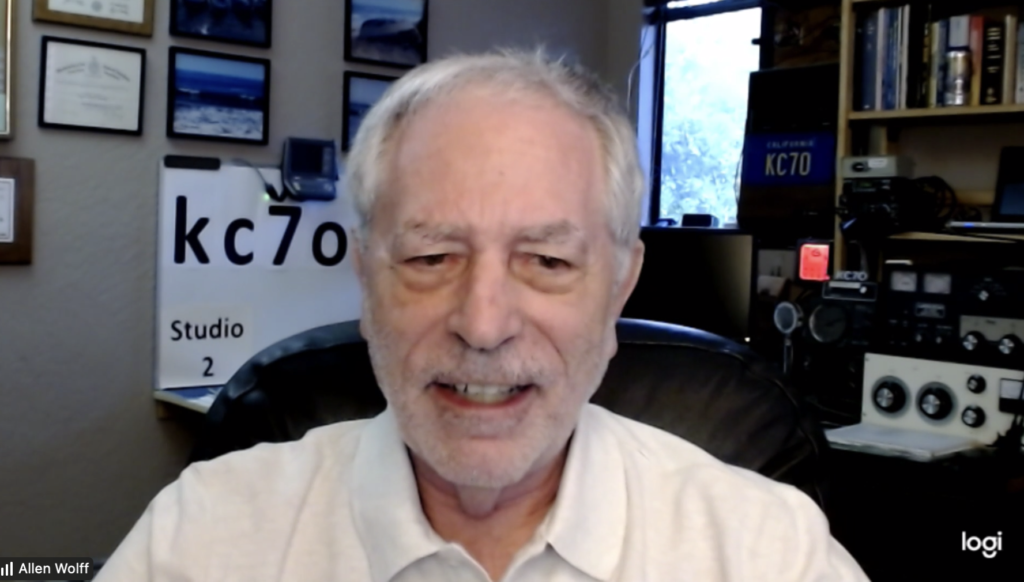
Allen has been licensed since 1964 and lived in New York, New Jersey, Indiana, Utah, and has been in California since 1984. He earned his First-Class Radio Telephone License in 1974 and is a retired aerospace electrical engineer. SPARC thanks Allen for another impressive and inspirational talk!
June 2022 Meeting: Options for Field Day 2022
At our June monthly membership meeting, the club held its annual review of Field Day rules and discussed plans for one of the biggest events of the ham radio calendar. The ARRL has announced that some Field Day rules introduced to accommodate social distancing are now permanent. Embedded below is a presentation that summarizes the most important Field Day facts.
This year Field Day will start at 11:00 a.m. Pacific time (1800 UTC) on Saturday, June 25 and end on Sunday, June 26 at 1:59 p.m. (2059 UTC).
In years past, we’ve enjoyed a regional Field Day operation organized by our friends at the Pasadena Radio Club. This year, there is no physical site for everyone to meet, but we can use these two online tools to add a social element to our individual operations.
- Discord
Discord is a chat and video streaming app much like Zoom. But unlike Zoom, which was designed for business use, Discord was designed by and for video gamers, so it has extra features that are useful for radio contesting. For example, rather than a specific, time-limited Zoom meeting, Discord “servers” are up and running at all times. Members of that server can log in and log out as they please and talk to whomever else is logged in at the time. Also, many people can share their screens simultaneously and stream their activity. You could share a view of your N3FJP screen or GridTracker or just your face. And you can selectively mute any of these streams — it would be overwhelming to hear all of them at once. If you’d like to join the SPARC Discord server, use the Contact Us page to request access. - ContestOnlineScore.com
ContestOnlineScore.com is what the URL implies, an online scoreboard for monitoring a particular contest. Once you create your account, you can affiliate with a club and/or a contest team. You configure your logging program (N3FJP, N1MM+, etc.) to share your score with the site. To affiliate with SPARC, you can select “South Pasadena Amateur Radio Club” from the pull-down menu of clubs. Click here for information on how to configure your logger to post the scores.
As always, SPARC encourages everyone to get out, make some contacts and have fun!
May 2022 Meeting: Lessons from Baker to Vegas
At our May 4 membership meeting, Jeff Liter, W2JCL, presented a recap of ARES LAX Northeast’s deployment to the annual Baker to Vegas relay race. Each year, a dedicated team of volunteer operators from Northeast maintains a checkpoint along the race route. Below are a few of the pictures that Jeff shared.
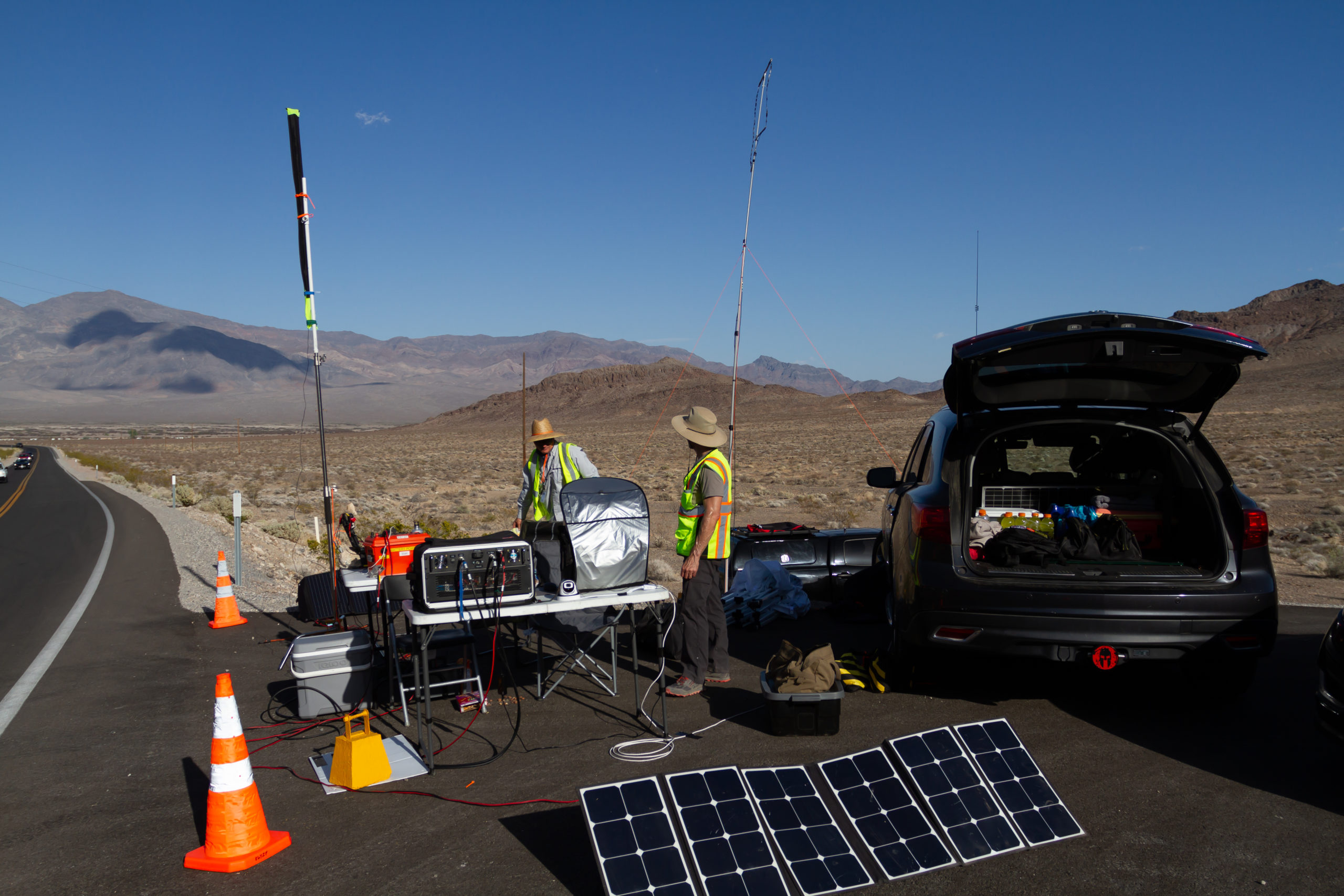
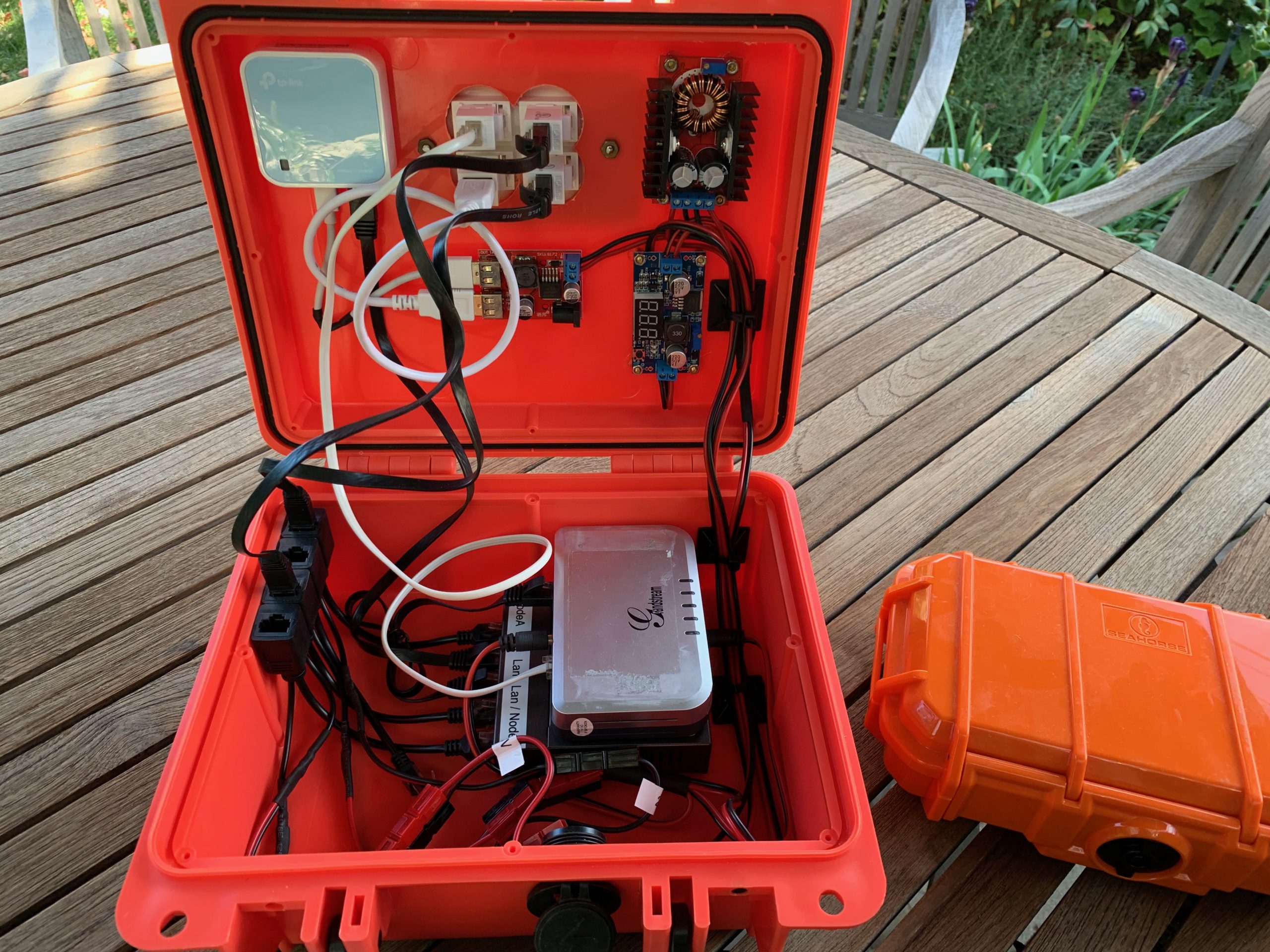
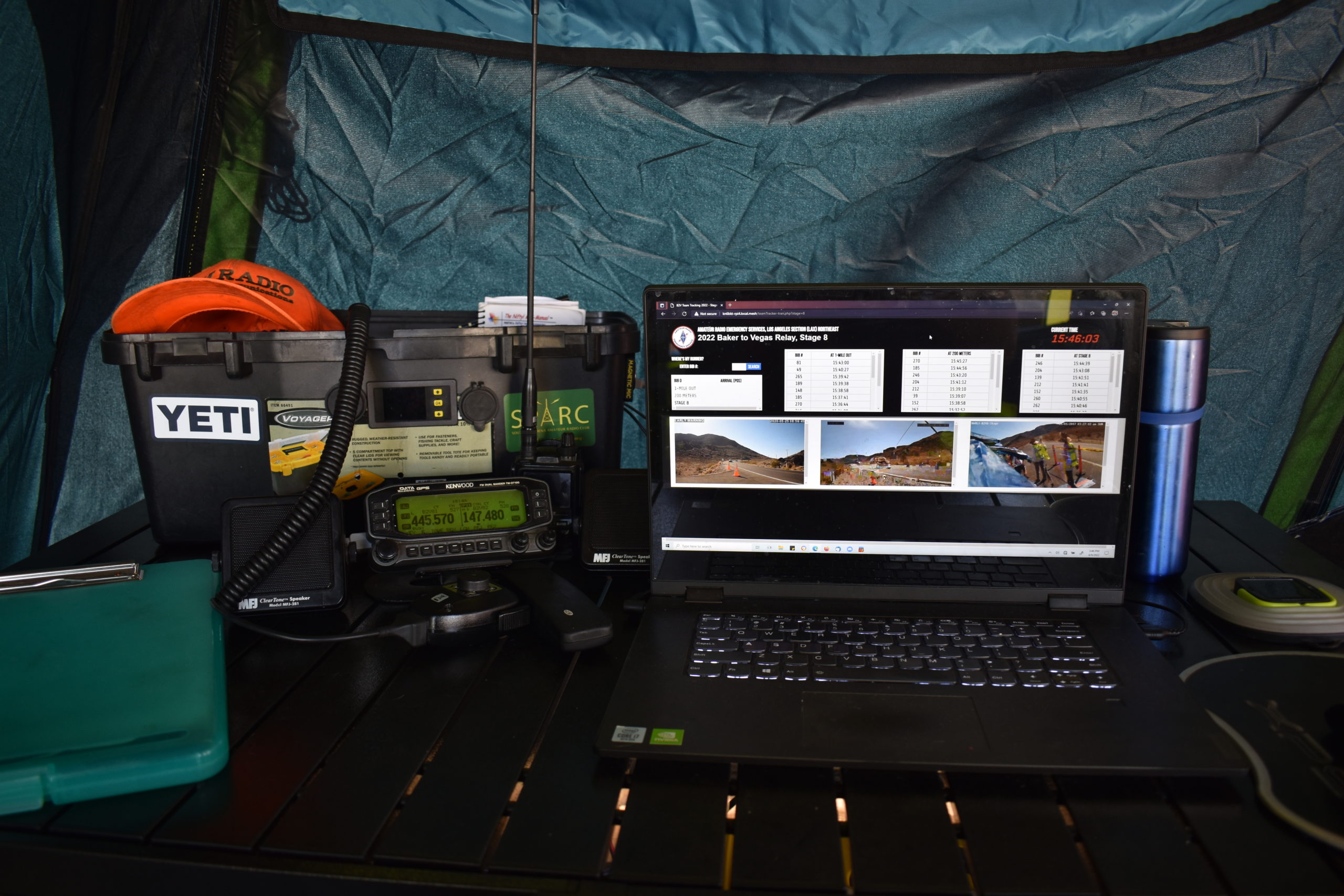
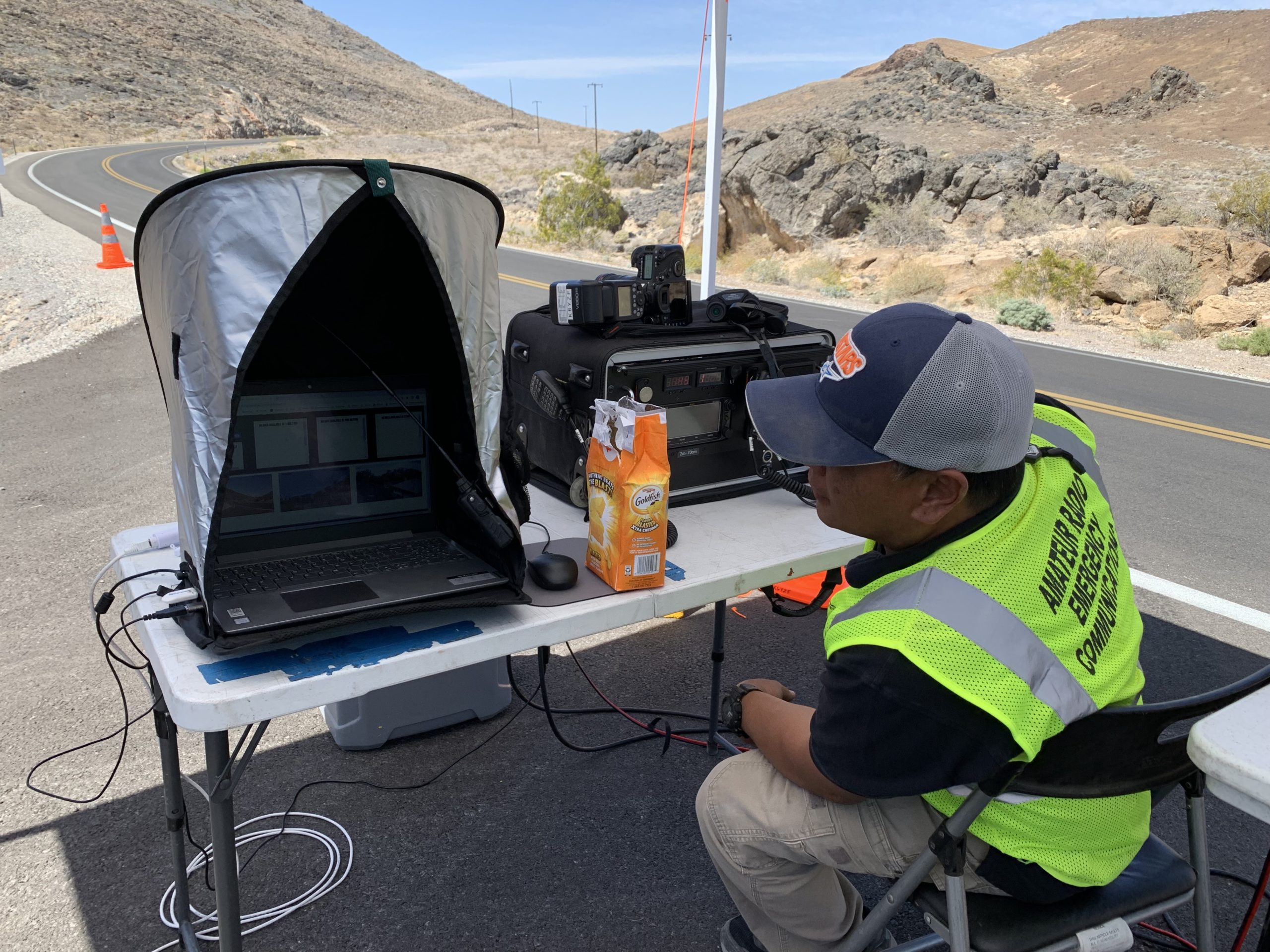
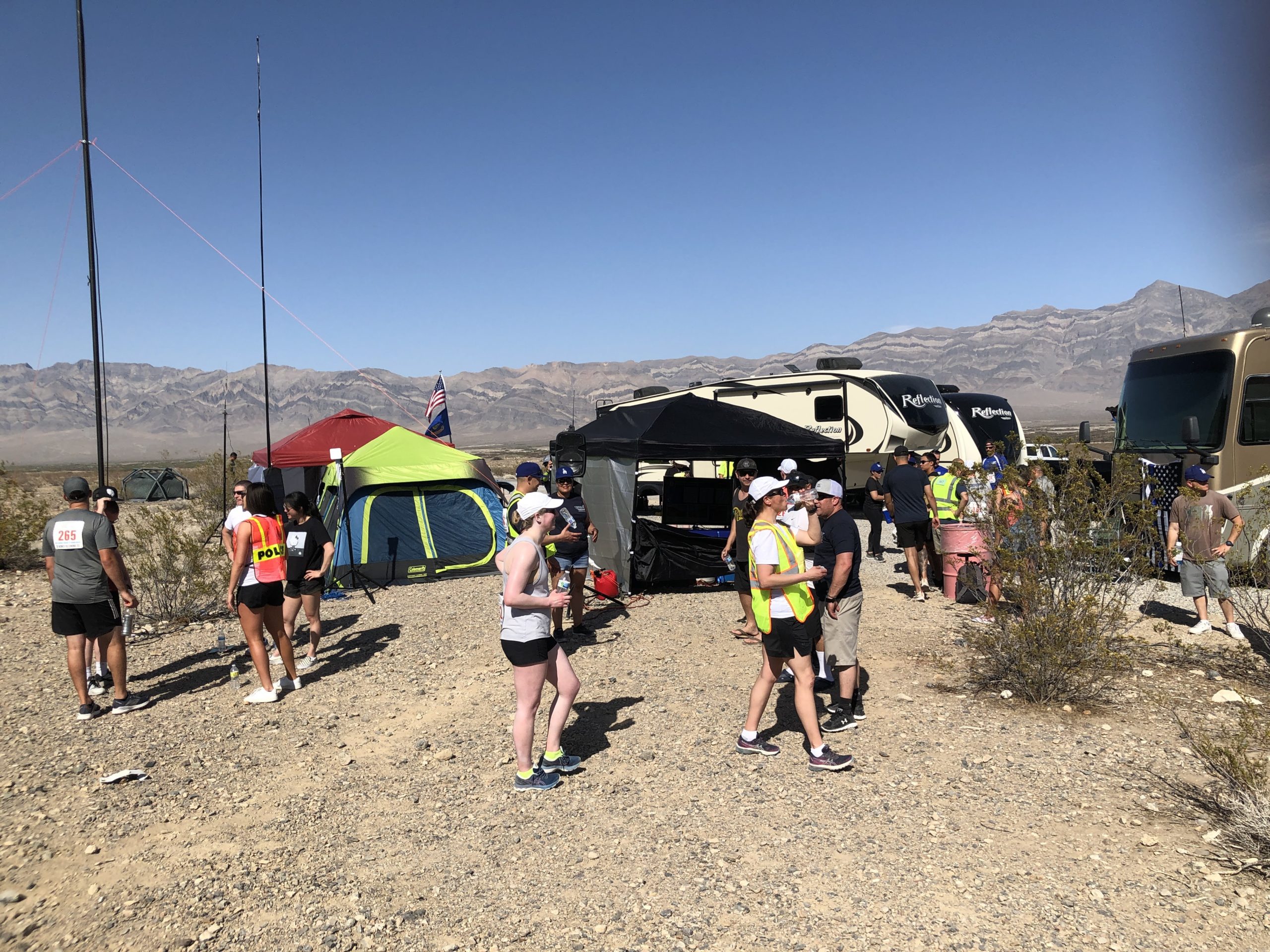
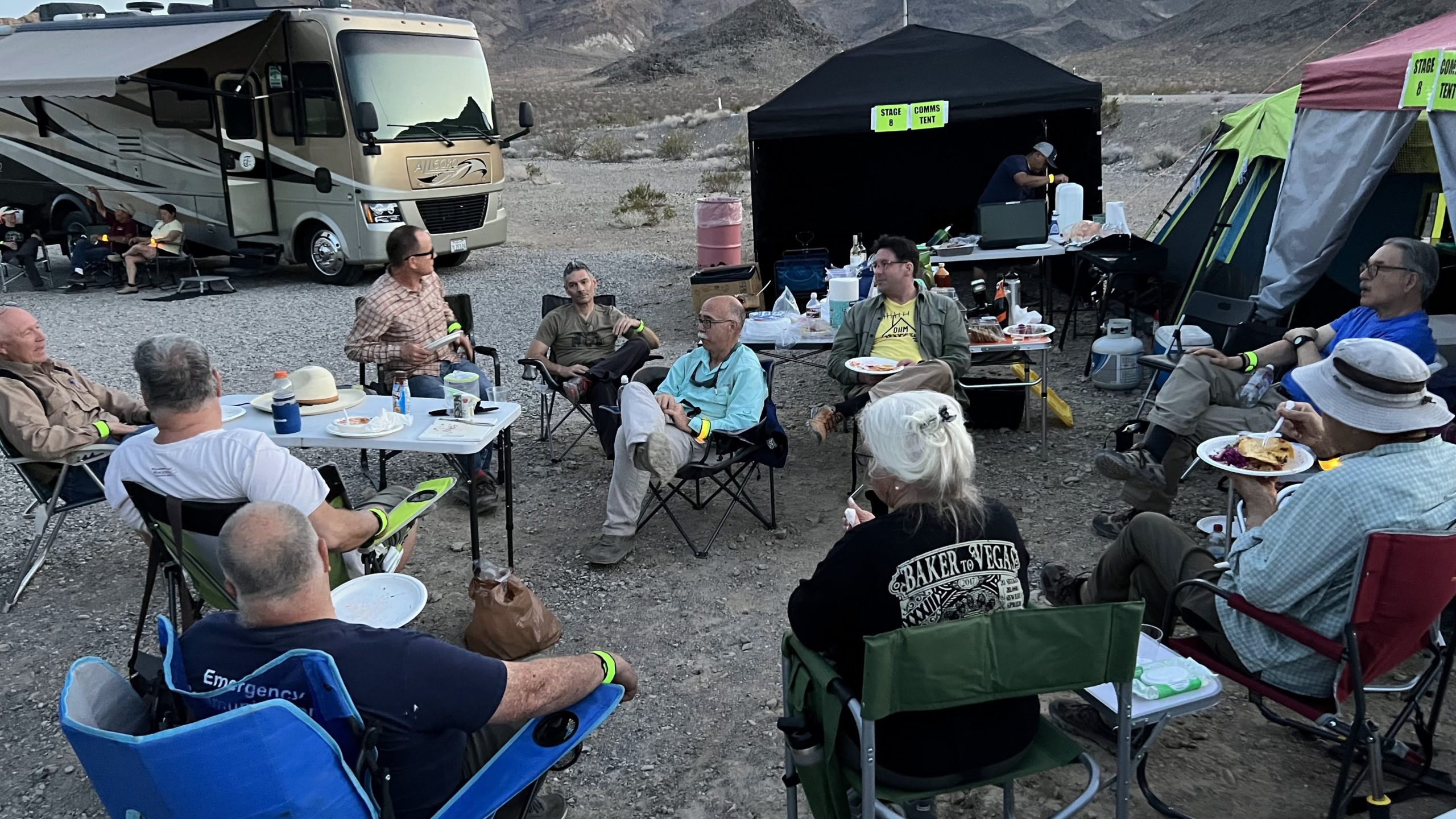
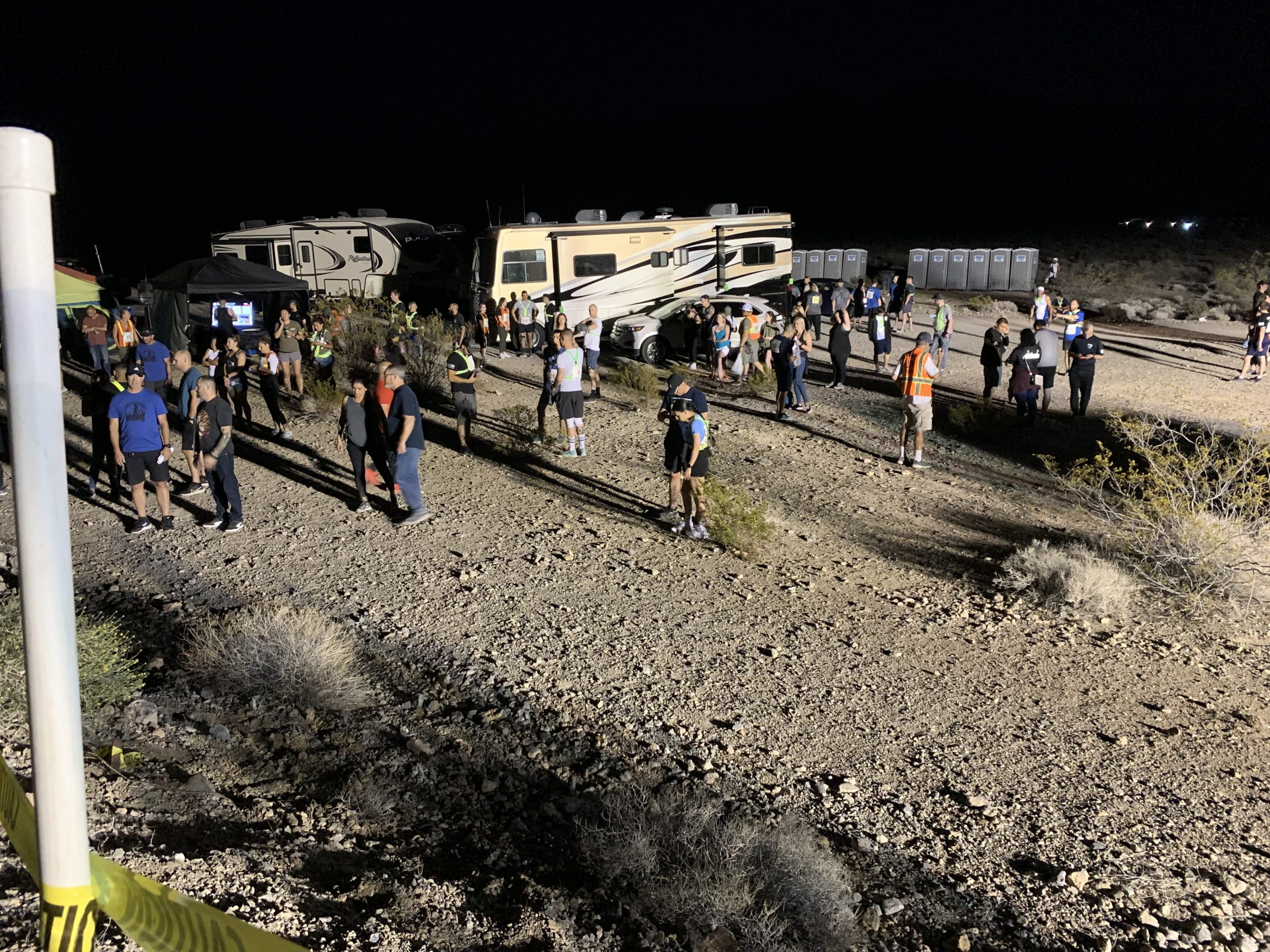
April 2022 Meeting: The History of TELCO
On Wednesday, April 6, SPARC welcomed Bill Westphal, WB6YPF, the trustee of one of our area’s most important ham radio resources, the TELCO repeater in Pasadena.
TELCO, W6MPH, was originally installed by the amateur radio club of the Pacific Telephone and Telegraph Company (hence the name). Bill joined the phone company right out of high school in 1969, and he has been carefully maintaining the repeater since 1992. In 2017, the Pasadena Radio Club stepped forward to contribute funds for the repeater’s continued operation. PacTel may be gone, but the legacy of its radio club is in good hands.
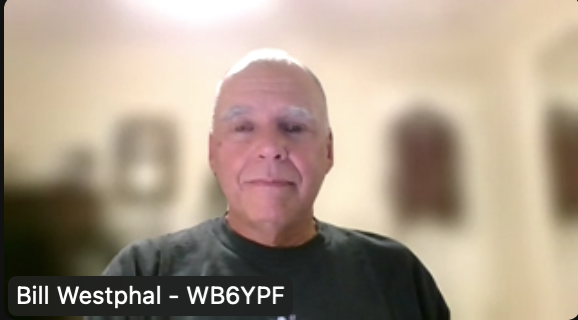
Bill gave a brief history of repairs and upgrades he has made to TELCO over the years. The most important recent repair to TELCO had nothing to do with the repeater itself – a microwave antenna located on the same roof as TELCO was leaking signal and causing interference. After grounding the offending equipment, the noise is gone and TELCO sounds great once again. Bill also revealed the origin of the station identification, “Welcome to the D Light Full W6MPH repeater.” The digital ID system doesn’t include the word “delightful,” so Bill programed it to say the word phonetically. For a time, Bill connected a PC to the repeater that would read “A Visit from St. Nicholas” on Christmas Eve.
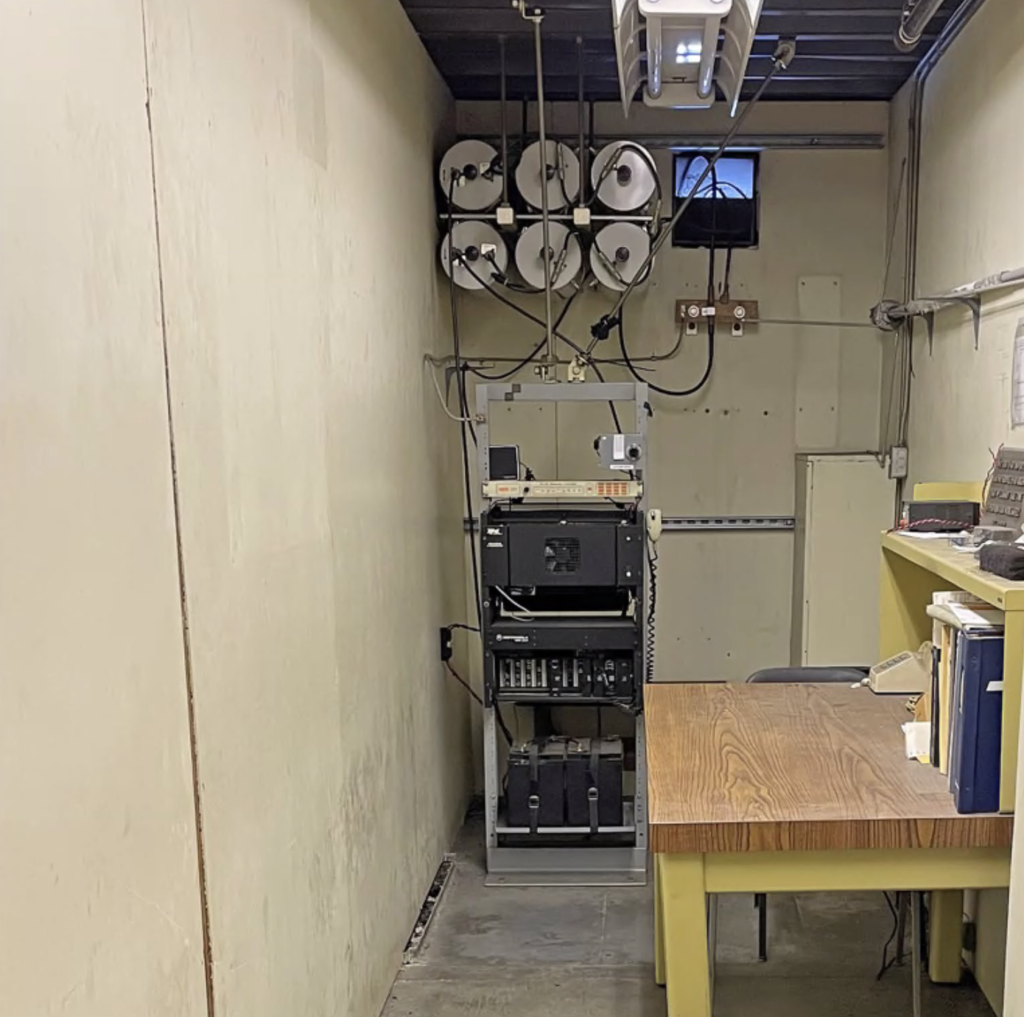

Bill recommends that anyone looking for more information on repeaters should check out the Repeater Builders web site and their associated Groups.io page.
SPARC thanks Bill for the evening of local radio history and for his many years of service to the ham community.
March 2022 Meeting: The Hunt Is On
On Wednesday, March 2, SPARC welcomed Scott Bovitz, N6MI and Bill Hacker, WB6MGT as they presented “Transmitter Hunting: How to Drive Yourself Crazy, Hunt Sometimes-Hidden Signals and Still Have Fun on a Weekend!”
Both Scott and Bill have been licensed operators since 1969, and of all the aspects of the hobby, t-hunting is the one they are most passionate about. Scott explained that the best way to think of t-hunting (also known as fox hunting) is “electronic hide and seek.” Scott and Bill have been on day-long hunts that have taken them throughout Southern California, into Arizona and Nevada, and as far as St. George, Utah. The image above shows a gathering of t-hunters earlier this year in Palm Springs.
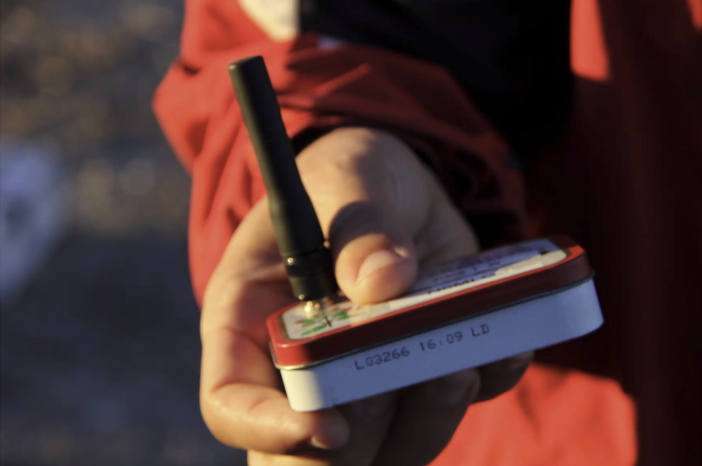
All it takes to get started in t-hunting is a handheld and, ideally, a four-element Yagi antenna. Scott’s mobile station is far more elaborate, based on an Icom 7100 and a sturdy antenna mast that slides in through the roof of his car. Hidden transmitters broadcast a beacon signal on 146.565 simplex, the nationally-coordinated t-hunt frequency. Typically, when a hunter finds the transmitter, there is a sign-in sheet for logging call signs, mileage driven, and the time. There are usually no prizes, just bragging rights.
Here are a few links that Scott shared for those who’d like to explore t-hunting:
Southern California Transmitter Hunters (greater LA)
Southern California Transmitter Hunters (San Diego area)
Homing In, a site maintained by Joe Moell, K0OV
Will Burt, a commercial source for industrial-grade masts
Byonics, manufacturers of pre-built transmitters

SPARC thanks Scott and Bill for a funny and inspiring evening. Happy hunting!
February 2022 Meeting: Vital First Aid Lessons
At our February 2022 monthly membership meeting, SPARC welcomed a fixture of the local ham community, Nancee Darling, K8NBD. Nancee is an active member of several local groups including ARESLAX Northeast and ALERT. She gave an important presentation on Stop the Bleed, a program from the American College of Surgeons that teaches how to stop bleeding in a severely injured person. Nancee is a certified STB instructor, and she advocates that everyone should learning how to provide assistance in an emergency. Stop the Bleed is “a skill that can be utilized with your family, in your neighborhood or after that horrific traffic accident. You will enhance your ability and confidence to recognize life-threatening bleeding and intervene effectively. The person next to a bleeding victim may be the one who’s most likely to save him or her or yourself.”
Nancee followed up a few days later with more detail on liability concerns about intervening when someone is injured. “While Good Samaritan laws are different between jurisdictions,” she explained, “most of them share three common elements. They are that the helper is protected from liability if:
They obtain the permission of an ill or injured victim to render aid, when possible.
They provide care in an appropriate and non-reckless manner.
They provide care due to the situation being an emergency, and trained help has not arrived yet.”
Below is a video Nancee recommends on how to use a tourniquet.
SPARC thanks Nancee for sharing this practical and potentially life-saving information.
